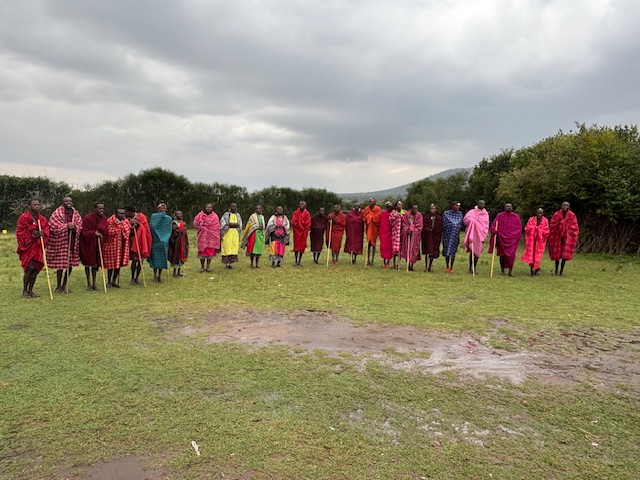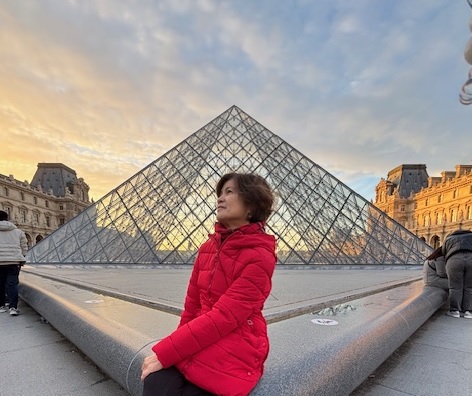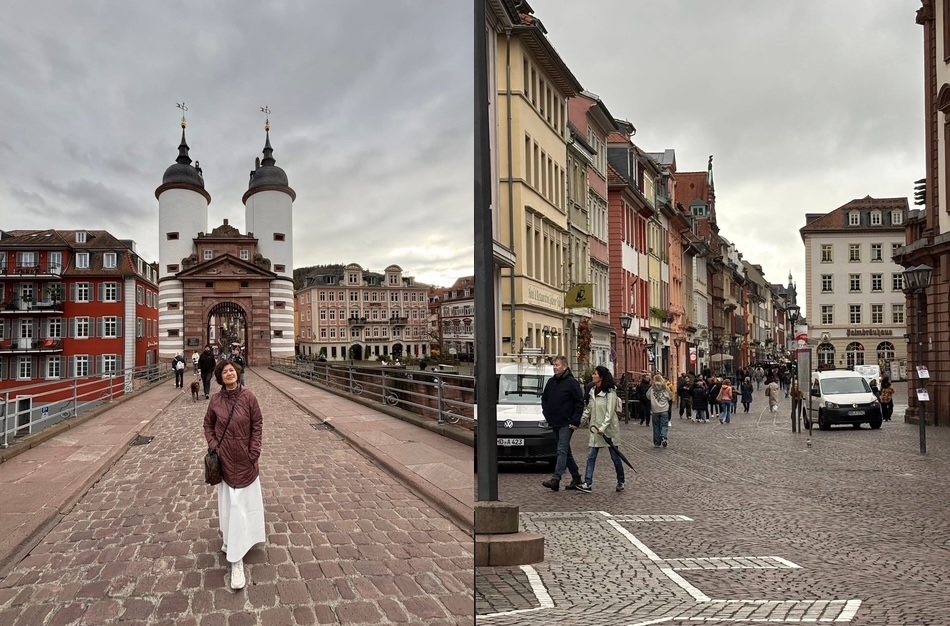In Photo: The Maasai warriors in their colorful garb

During the African Safari that I recently joined, we were brought and introduced to one of Africa’s most famous ethnic groups… the Maasai Mara Tribe. Settled in Southern Kenya and Northern Tanzania, this tribe is known for their distinctive customs, colorful dress, and semi-nomadic lifestyle.
The Maasai community we visited is home to about 200 Maasai, all belonging to one family. It is headed by an 82-year old patriarch who has 12 wives and 29 children (youngest was a 2-week old baby), harmoniously living together. In the old tradition, a warrior who wants to have a wife must kill a lion. So to have 12 wives, this 82-year old leader of the tribe must have killed at least 12 lions. However, since poaching of animals are strictly banned, this tradition is no longer practiced. Instead, warriors do the ceremonial Maasai jumping to showcase their strength, endurance and capability to attract potential brides. The one who jumps the highest, gets to marry the girl.
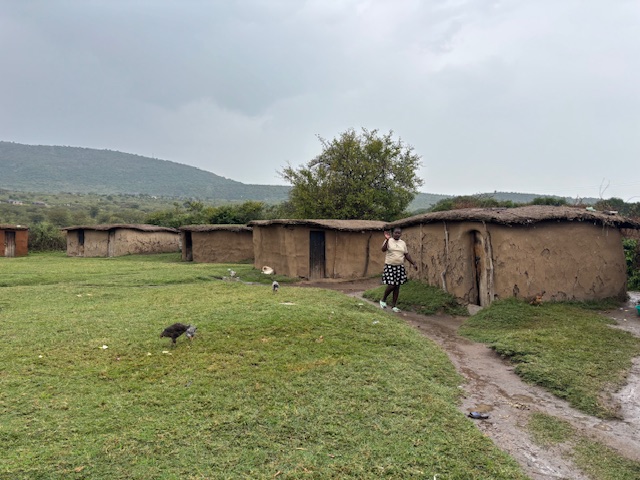
The community has about 20 houses/huts built by the tribal women using local materials like wood, mud, grass, and cow dung. These structures are small, with very limited space inside. The one we went into was around 1.5 meters high, very dark (we had to use our phone flashlight to see our way through), and has 3 sections for eating, cooking, and sleeping, with built-in beds made of branches and grass. They usually go and stay outside during daytime for their socialization.
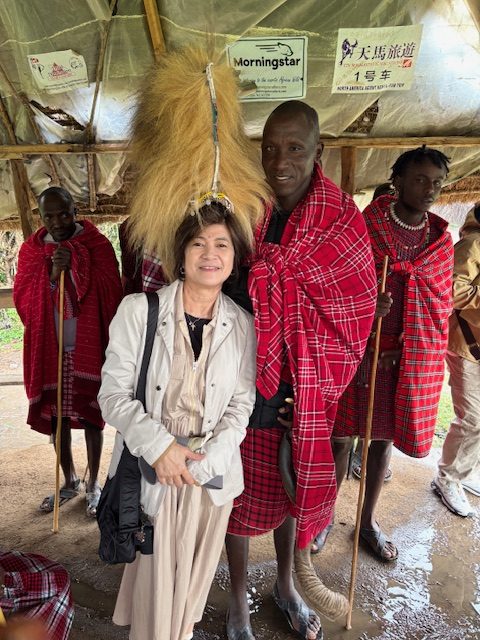

They raise and rely on cattle for their food which is mainly composed of cow’s milk, meat and blood. Eventually they grew vegetables and grains as an addition to their staple food. Through the years, women have learned to make handicrafts which they sell to visitors, like us. In their “bazaar” area, each wife has a stall (made of tree branches) where they display their art works. It’s heartwarming to learn that all proceeds from their sales are used to fund their school. Though the tribe has maintained most of customs and traditions, they put so much value on education. But as expected, it also has its own challenges. While some Maasai see formal education as a path to employment and empowerment, there’s a growing movement to integrate culturally relevant curricula and adopt a multilingual approach to education. Just like in our case, English is the primary language in their school. No wonder, they speak good English.
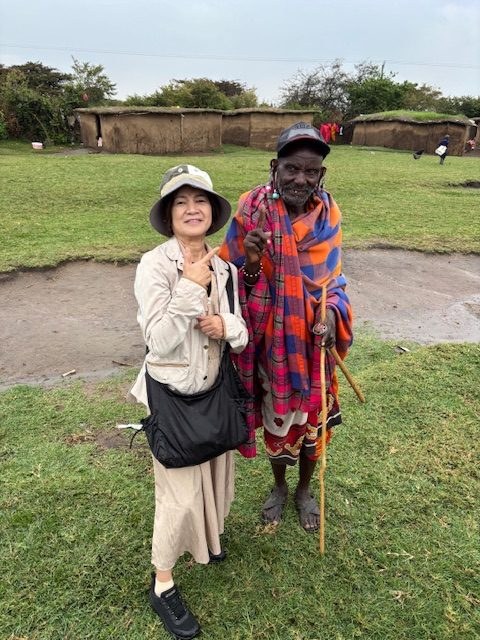
The Maasai is popular for their brightly colored, often red and checkered blanket like cloth wrapped around their body. They’re made of woven fabric, symbolizing identity, unity, and pride. Red for bravery and cattle, blue for water, green for land, and white for purity. We all took home a souvenir of their colorful garment.
But what fascinated me the most was how they discouraged “begging”, especially among their youngsters. Though deprived of money and material possessions, not a single child or adult approached us for alms. They would wave and say hello, but not beg. In fact, the local guides even told us that tourists are strongly discouraged from giving the children toys or food. This is done so as not to expose them to the practice of receiving money/goods from others without the benefit of work. They would rather have us support them by buying their local made products, partnering with travel companies that responsibly support their community or buy donating to accredited organizations that offer long term support to the Maasai people.
The Maasai tribe may not be the majority anymore but they definitely represent a people and a culture that are most notably known and respected in Africa.

